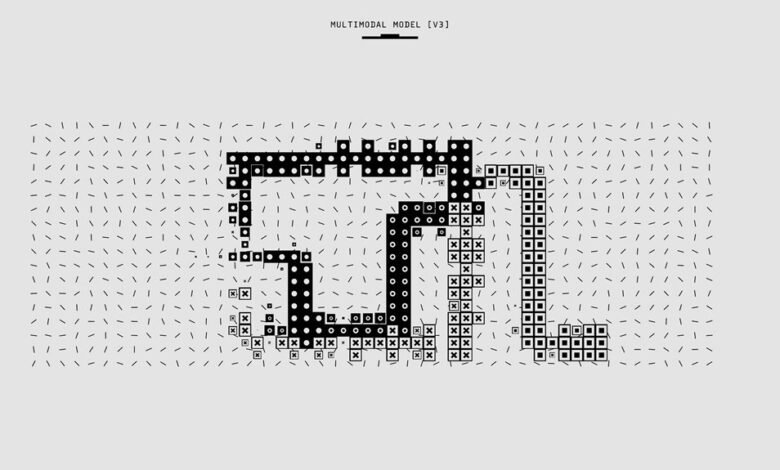36532407 Analyzing Mobile Call Patterns: Regional Breakdown

The dataset 36532407 reveals distinct mobile call patterns across various regions. Urban areas demonstrate higher call volumes and varied interaction times, contrasting sharply with the more concentrated communication habits found in rural regions. Seasonal and holiday influences add another layer of complexity to these patterns. Understanding these dynamics could inform strategies aimed at enhancing user engagement, but the implications of such findings warrant deeper exploration. What specific trends could shape future communication strategies?
Overview of the 36532407 Dataset
The 36532407 dataset serves as a comprehensive resource for analyzing mobile call patterns across various demographics and regions.
Its dataset characteristics include detailed call frequency metrics, enabling researchers to investigate communication behaviors effectively.
Regional Call Patterns and Trends
While analyzing mobile call patterns, it becomes evident that regional variations significantly influence communication behaviors.
Urban areas exhibit higher call frequencies and diverse interaction times compared to rural settings, where calls tend to be more concentrated during specific hours.
Additionally, seasonal variations reflect fluctuations in communication, with increased connectivity during holidays and events, underscoring the dynamic nature of regional call trends across different populations.
Anomalies in Communication Habits
Although communication habits typically follow predictable patterns, various anomalies can disrupt these trends, revealing unique insights into user behavior.
Communication shifts, often influenced by factors such as social dynamics or technological advancements, can lead to unexpected spikes or drops in call frequency.
Furthermore, concerns surrounding data privacy may affect users’ willingness to engage, prompting significant deviations in established communication norms.
Implications for Future Mobile Communication
Anomalies in communication habits highlight the need for a reassessment of future mobile communication strategies.
As consumer preferences shift, adopting future technologies will become imperative.
By analyzing regional variations, companies can tailor communication strategies that embrace evolving user expectations.
This proactive approach will not only enhance connectivity but also promote user autonomy, ensuring that mobile communication remains relevant and effective in an increasingly dynamic landscape.
Conclusion
In summary, the 36532407 dataset reveals that urban dwellers engage in a frenetic dance of communication, while rural residents seem content to whisper sweet nothings to each other during designated hours. This striking disparity suggests that while urbanites embrace the chaos of constant connectivity, their rural counterparts prefer a more curated approach to conversation. Perhaps the future of mobile communication lies in finding a balance, where urban noise meets rural tranquility—if only to prevent the rural folks from missing out on the latest urban gossip.





